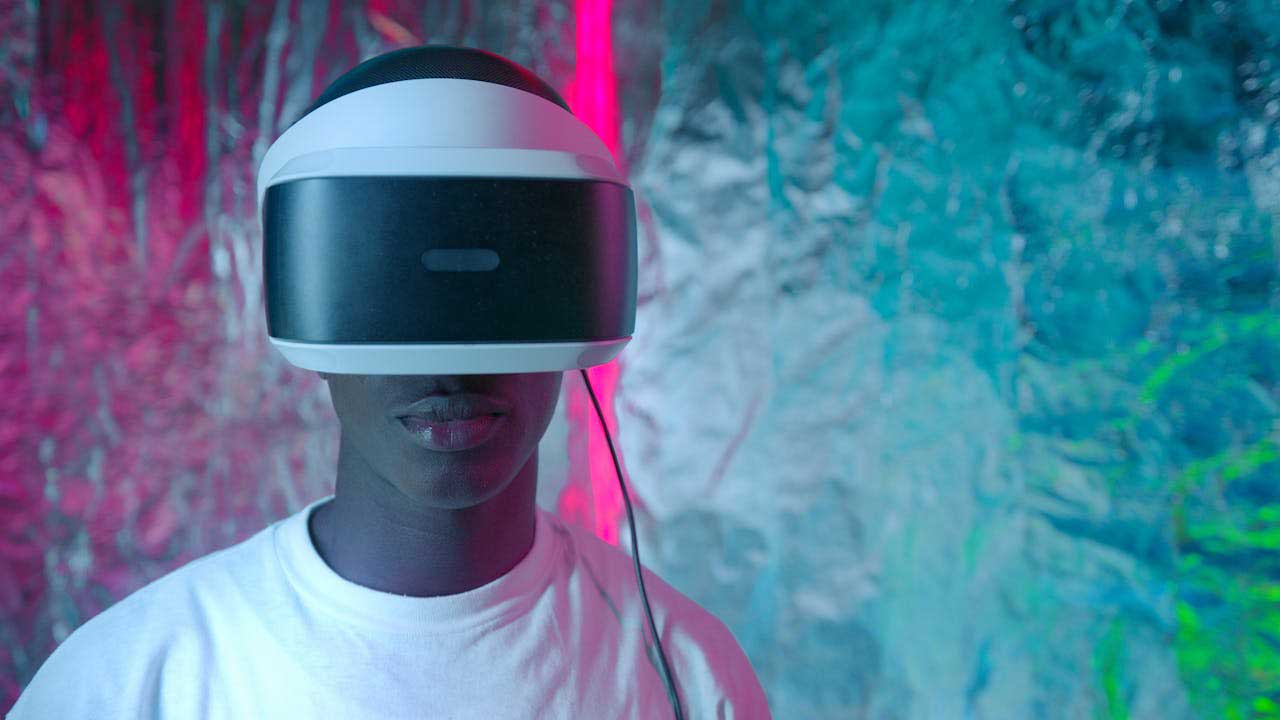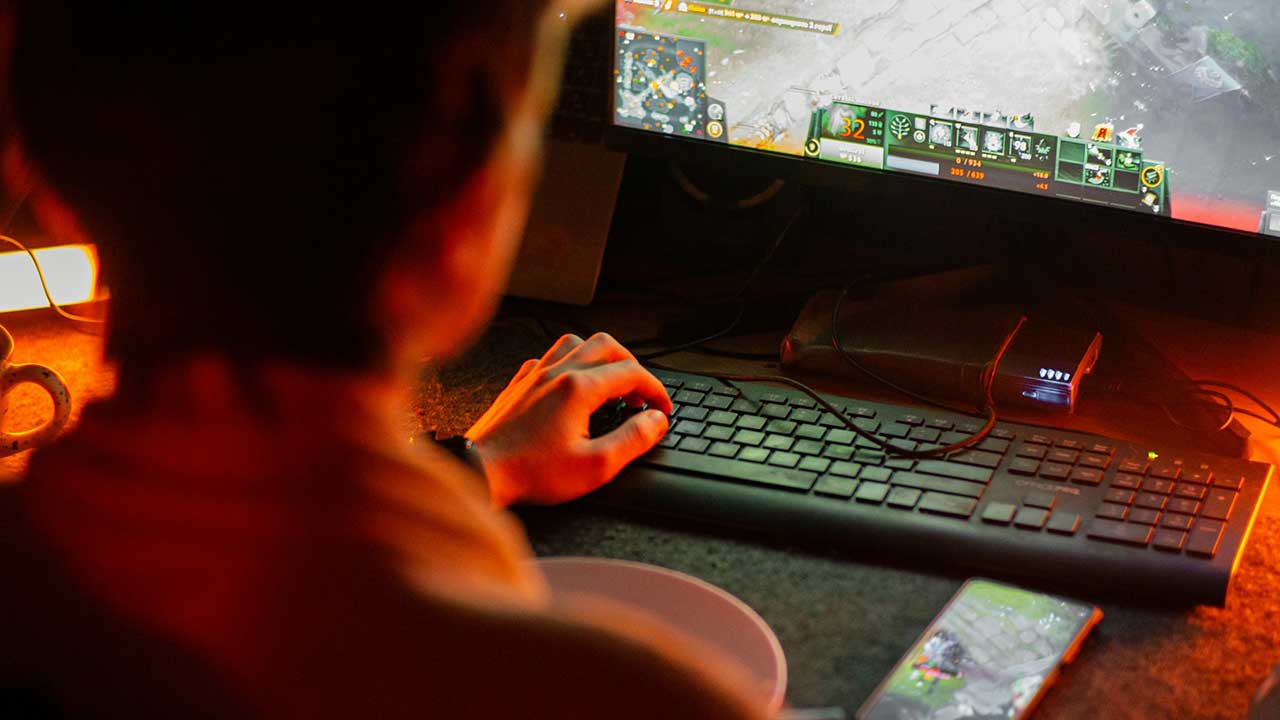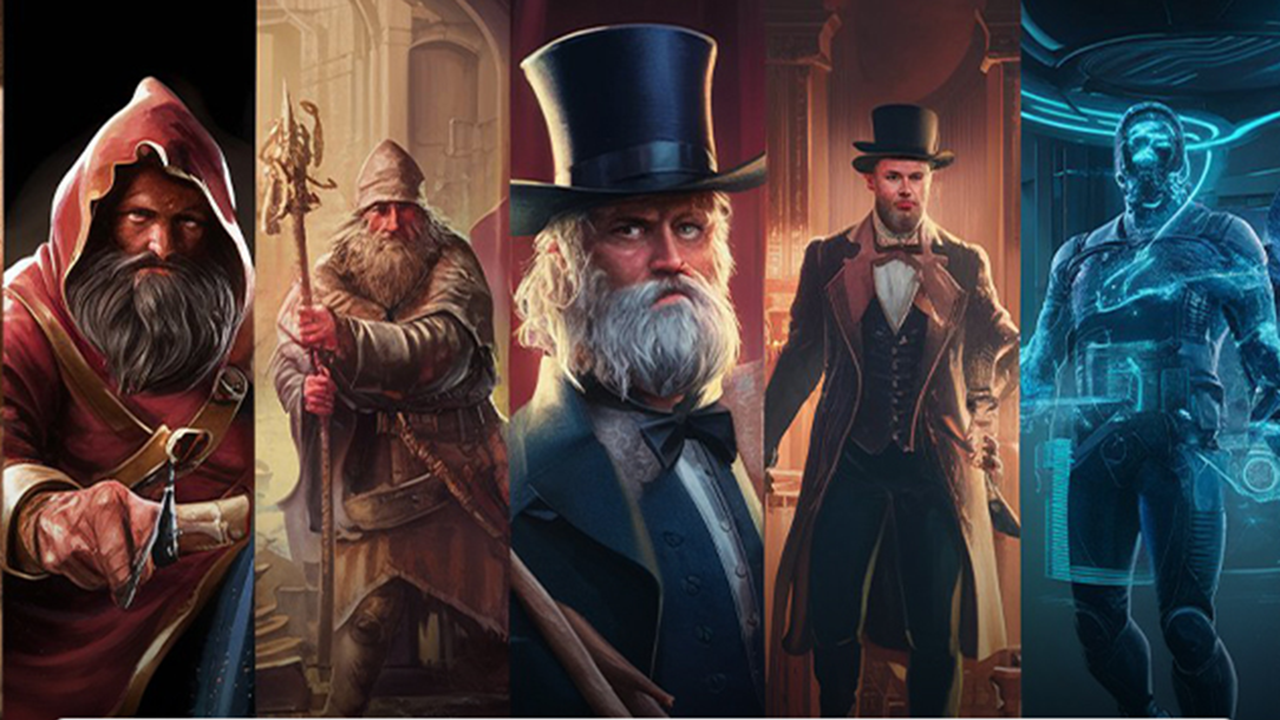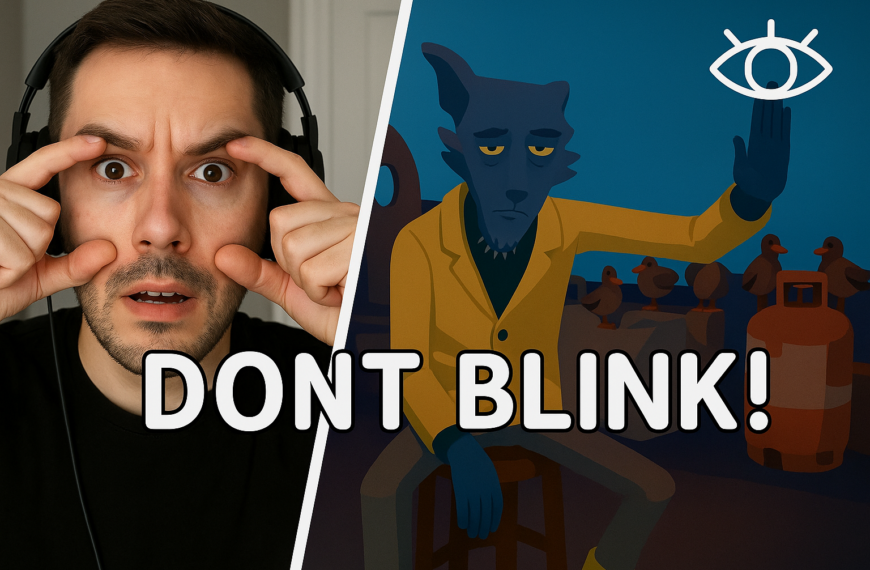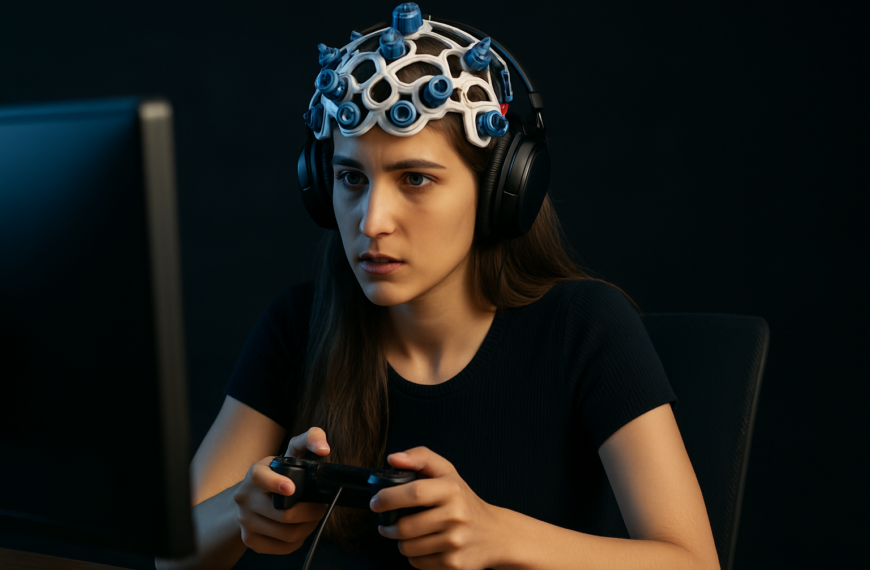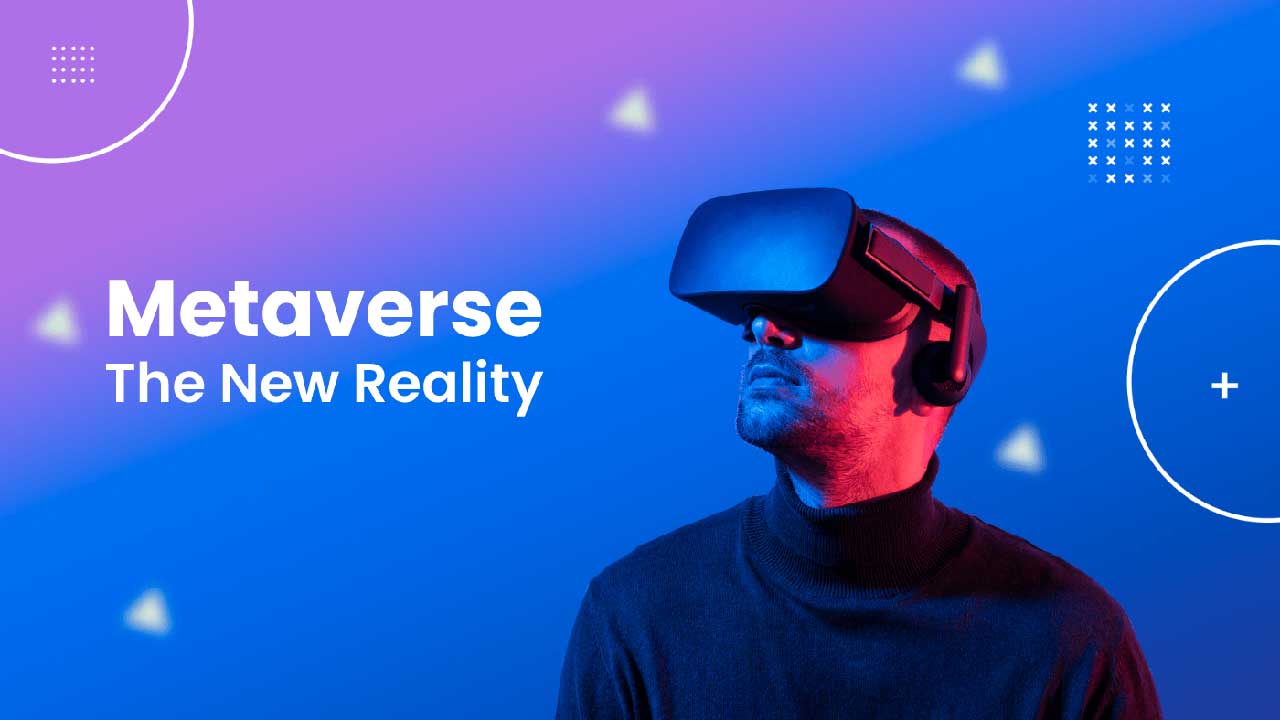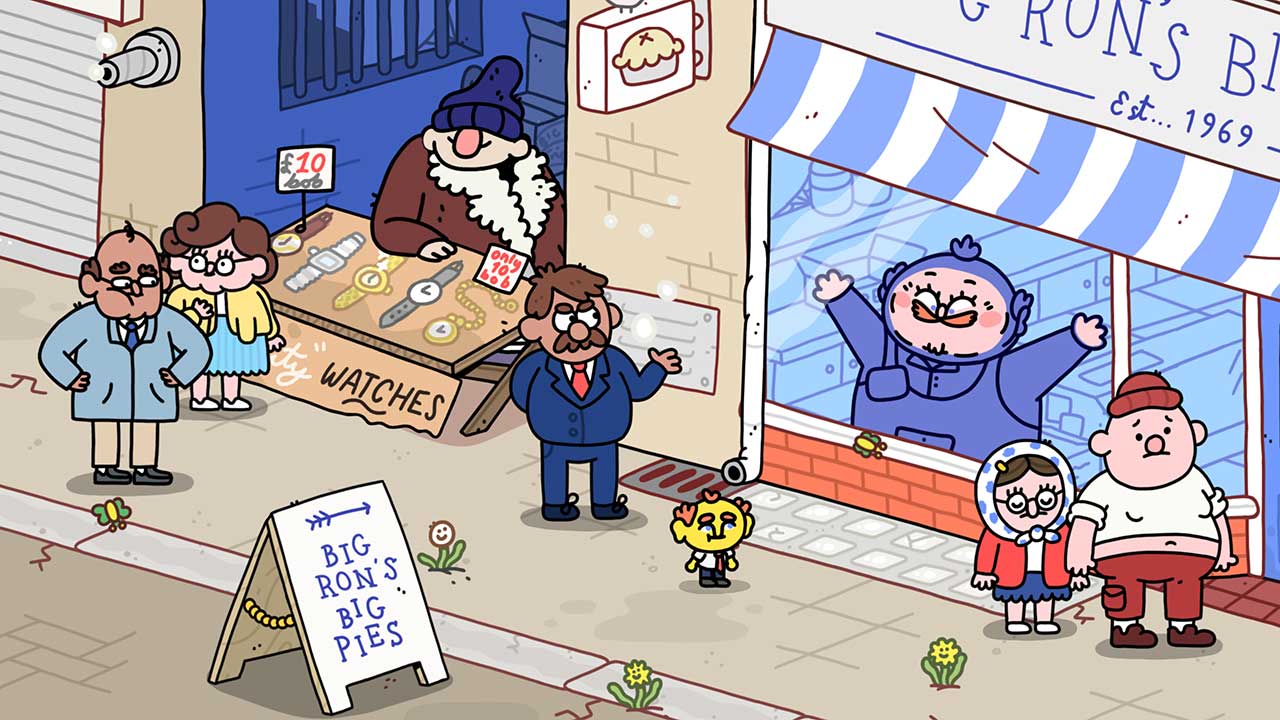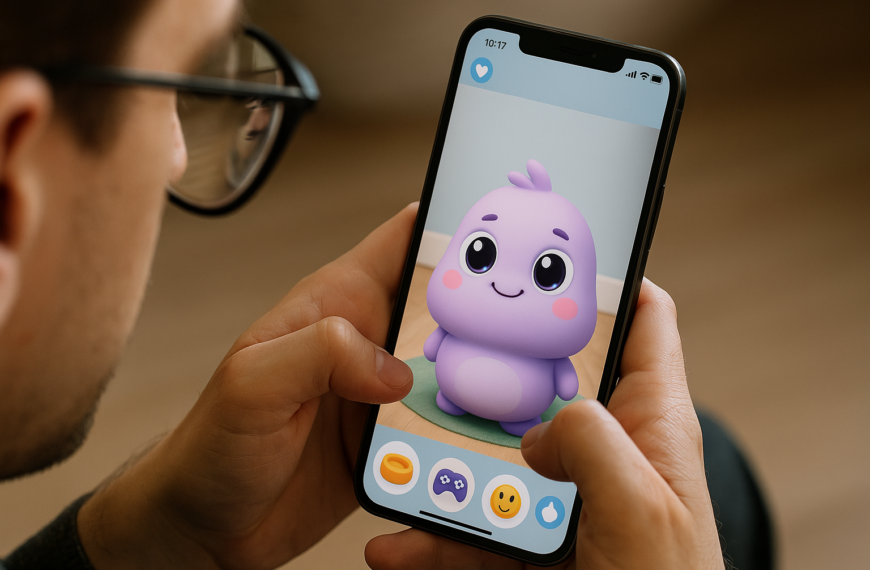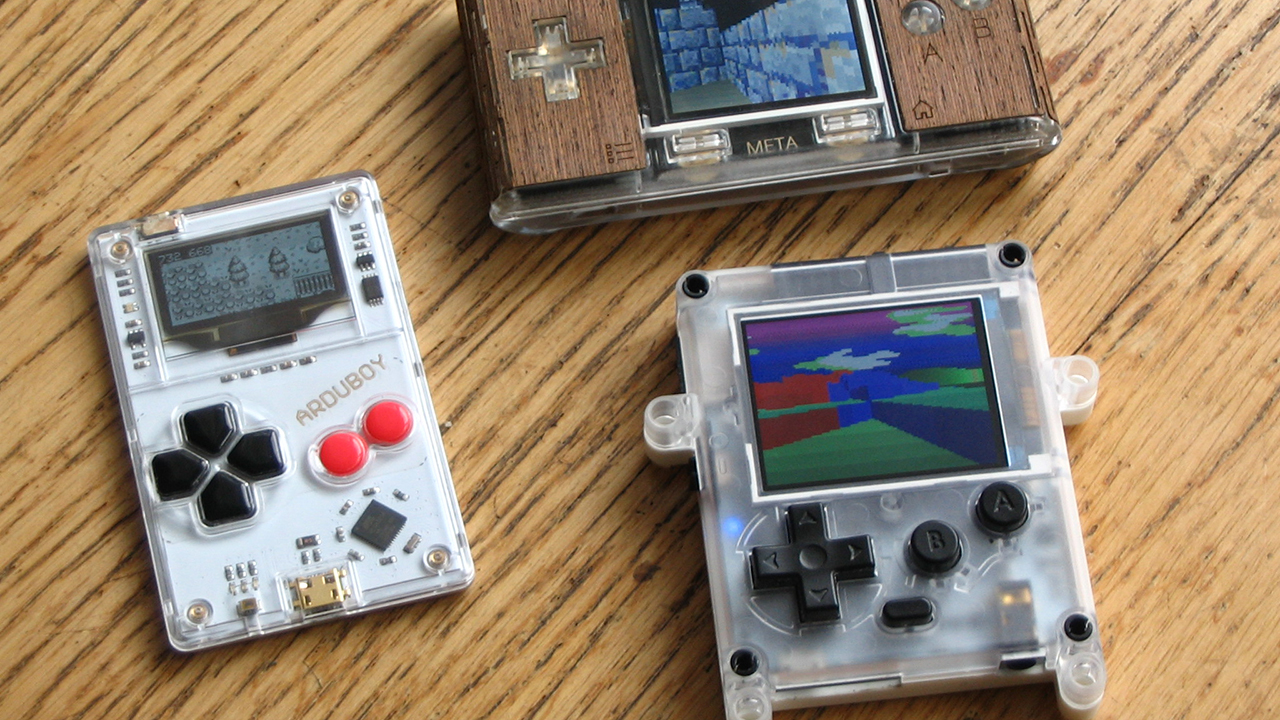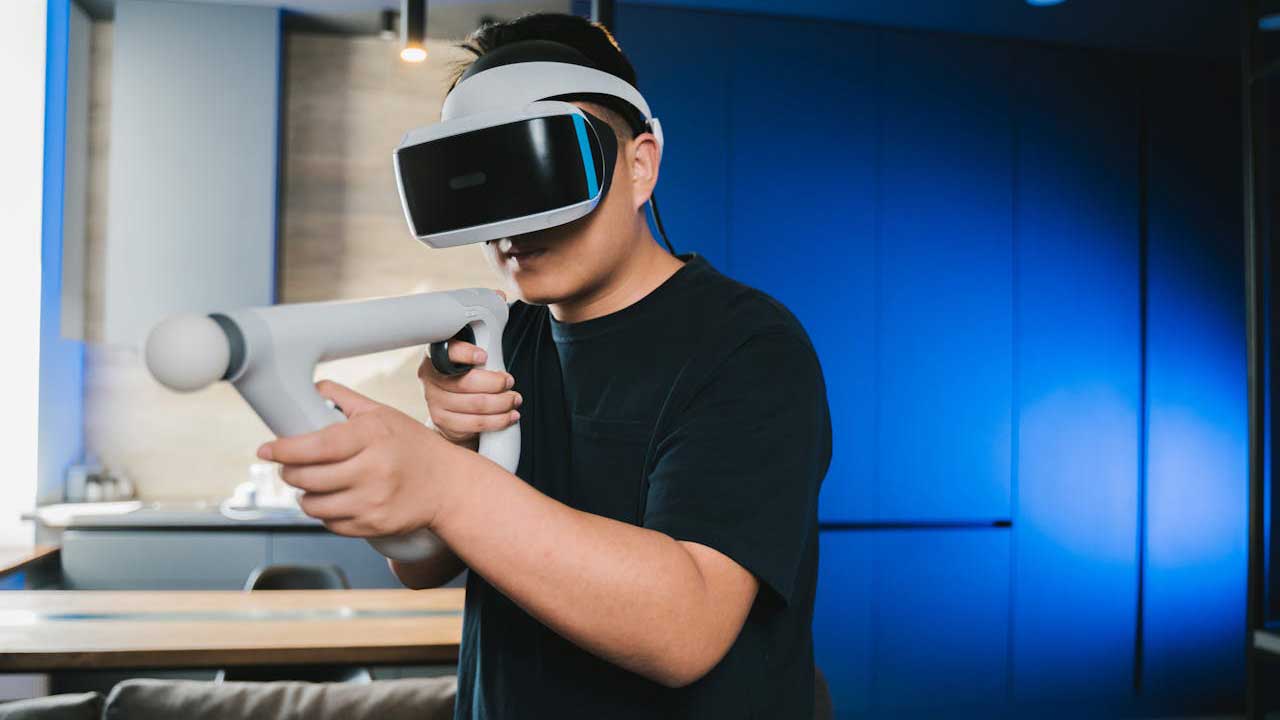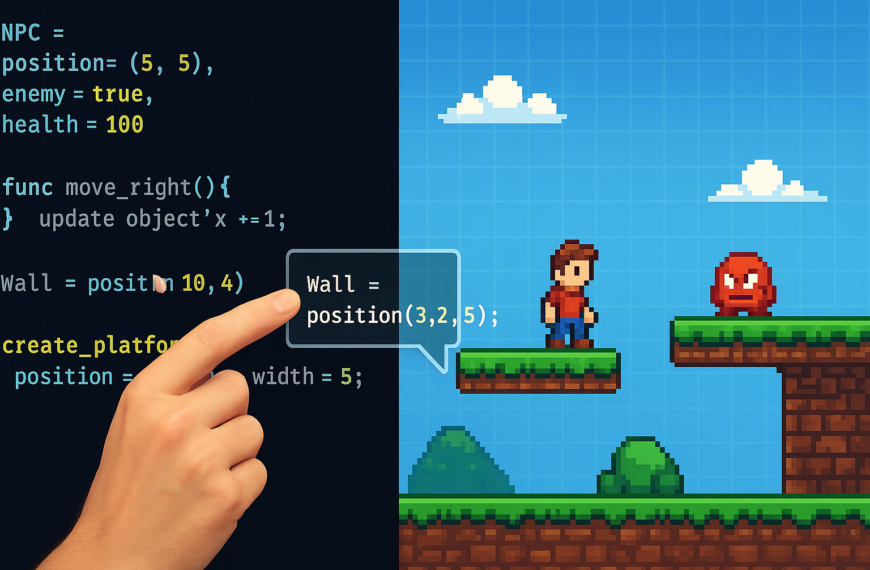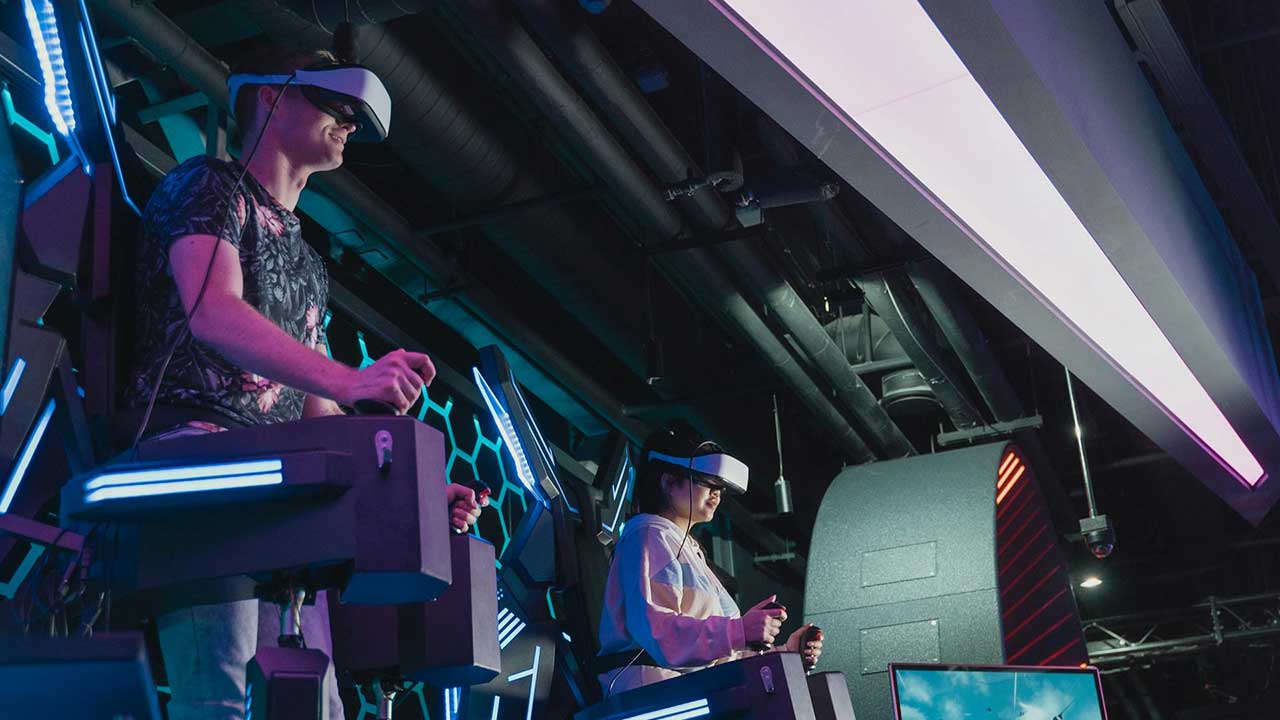Game AI has come a long way since the early days of Pong and Pac-Man, but even with all the progress, it’s still nowhere close to matching the complexity of human thinking. Players might be fooled for a few minutes—maybe even a full match—but eventually, the cracks show. You start to notice how easily you can bait an enemy, how rigid their choices are, or how they never quite “get” what you’re trying to do. That’s because the brains behind game characters aren’t really thinking. They’re just reacting.
Even with modern advances in machine learning and neural networks, most game AI isn’t designed to grow, evolve, or reason the way people do. It’s meant to look smart just long enough to keep you entertained. But behind the scenes, it’s still following a bunch of rules, and that limitation shows.
Predictability Over Adaptability
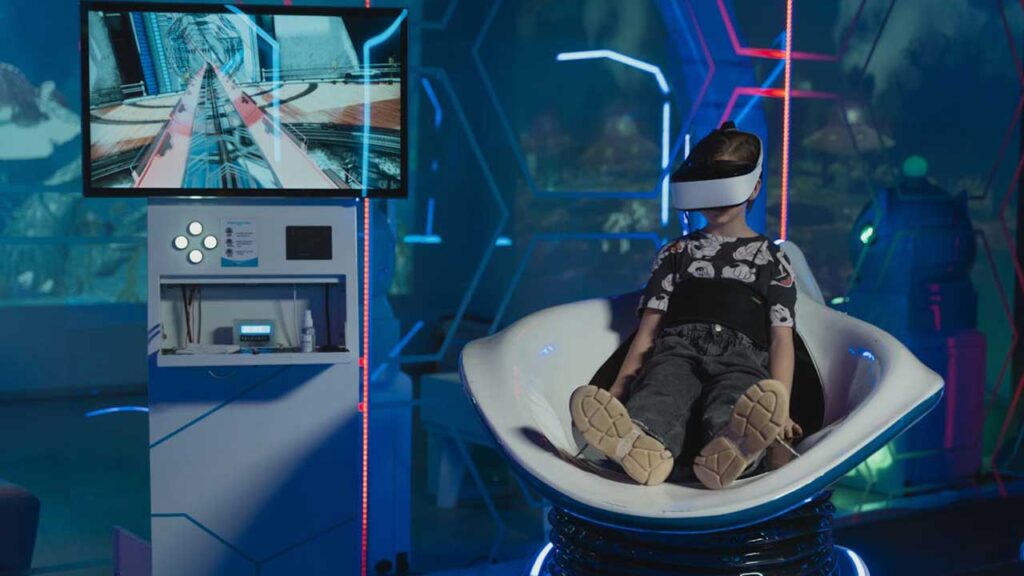
Image Credit: Tima Miroshnichenko/Pexels
Most game AIs are built on decision trees, state machines, or behavior scripts. They’re not actually “thinking”—they’re choosing from a list of prewritten options. That’s why once you’ve played a game long enough, the AI becomes easy to manipulate. You know what it will do before it does.
Even in more advanced games, the AI doesn’t really adapt. It might fake it with some randomness or difficulty scaling, but it doesn’t truly learn from you. Human players adjust strategies mid-match, respond to subtle cues, and create entirely new approaches. Game AI just tries to keep up with the illusion of intelligence.
Limited Understanding of Context

Image Credit: SHVETS production/Pexels
One of the biggest challenges for AI in games is understanding what’s actually going on. Humans can pick up on emotional tones, narrative themes, and unspoken rules. Game AI, on the other hand, usually has no clue what the broader context is. It reacts based on immediate inputs, not long-term understanding.
This leads to those moments where characters behave oddly—like a teammate sprinting into danger or an enemy ignoring an obvious ambush. These aren’t just bugs. They’re symptoms of an AI that doesn’t actually “get” the situation. Without real context-awareness, it’s impossible for AI to feel truly human.
Real-Time Decision Making Is Still Shallow

Image Credit: Tima Miroshnichenko/Pexels
When things get chaotic, human players shine. They can scan the battlefield, anticipate opponents, and make gut calls in a split second. Game AI? Not so much. It’s great at following orders fast but terrible at processing complexity with nuance.
Even the smartest game bots rely on shortcuts and simplified logic to respond quickly. That’s why, as Tech Xplore explains, achieving human-level decision-making is still a major technical and design hurdle. It’s not just about speed—it’s about weighing trade-offs, adapting to unpredictability, and making smart calls under pressure.
Simulated Emotions Fall Flat

Image Credit: SHVETS production/Pexels
Creating believable emotions in AI characters isn’t just hard—it’s one of the last frontiers in game design. Developers can script fear, anger, or happiness, but these emotions don’t evolve naturally. They don’t reflect deep internal states the way human emotions do.
That’s why in most games, emotional moments can feel a little off. You’re told a character is upset, but their behavior doesn’t fully back it up. True emotional intelligence would mean reacting not just to what’s happening, but to how it affects the character’s beliefs, goals, and history. That level of depth just isn’t there yet.
Ethical and Design Trade-Offs Hold It Back

Image Credit: Darlene Alderson/Pexels
There’s another reason game AI isn’t getting too smart: sometimes, it’s on purpose. If AI opponents were as clever, sneaky, or ruthless as human players, games might become frustrating or feel unfair. Developers often have to pull back the difficulty just to keep things fun.
As noted in this Medium piece, game AI that’s “too good” ends up making players feel outmatched rather than challenged. Striking the right balance between believable intelligence and playability is still a moving target—and that tension keeps AI from ever reaching full realism.
AI Is Advancing, But It’s Still Scripted
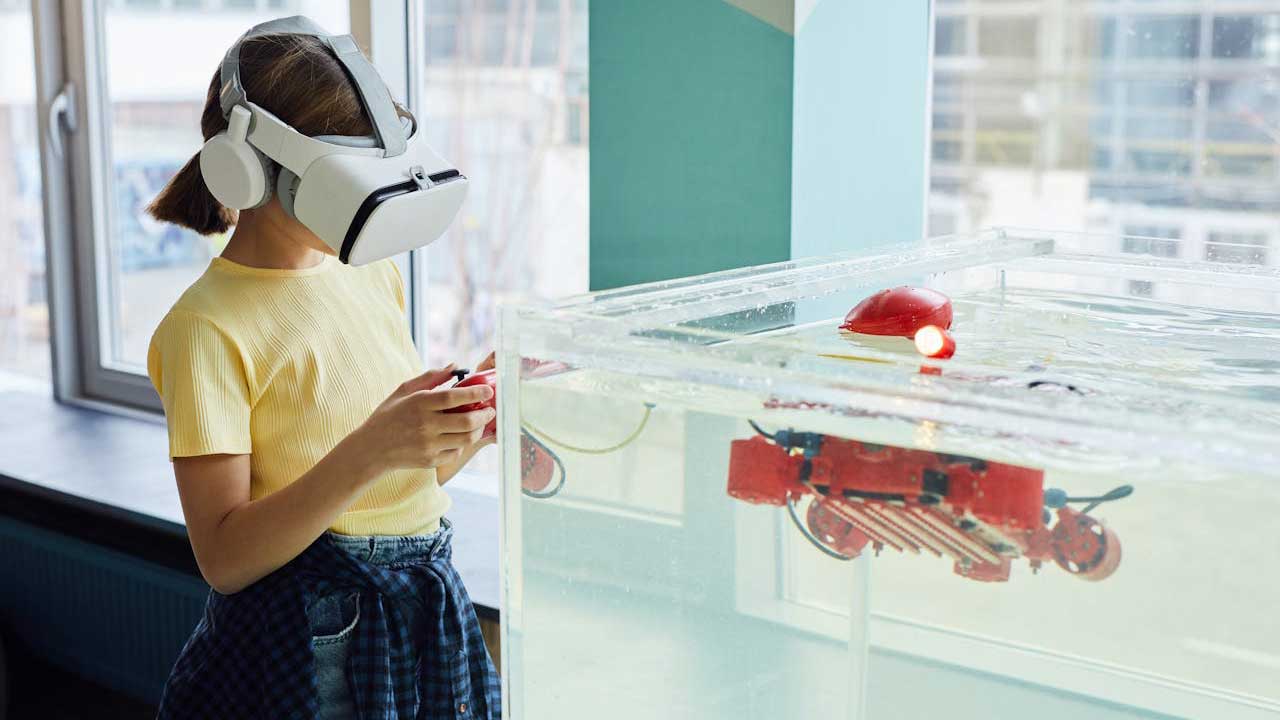
Image Credit: Vanessa Loring/Pexels
It’s worth mentioning that progress is happening. Procedural generation, neural networks, and reinforcement learning are all being tested in gaming environments. But even these rely heavily on structured training and don’t transfer well to the chaotic, open-ended nature of most real games.
A broad overview of current techniques in AI in video games shows that while the tools are improving, they’re still far from replicating human versatility. We’re building smarter illusions—but they’re still illusions.

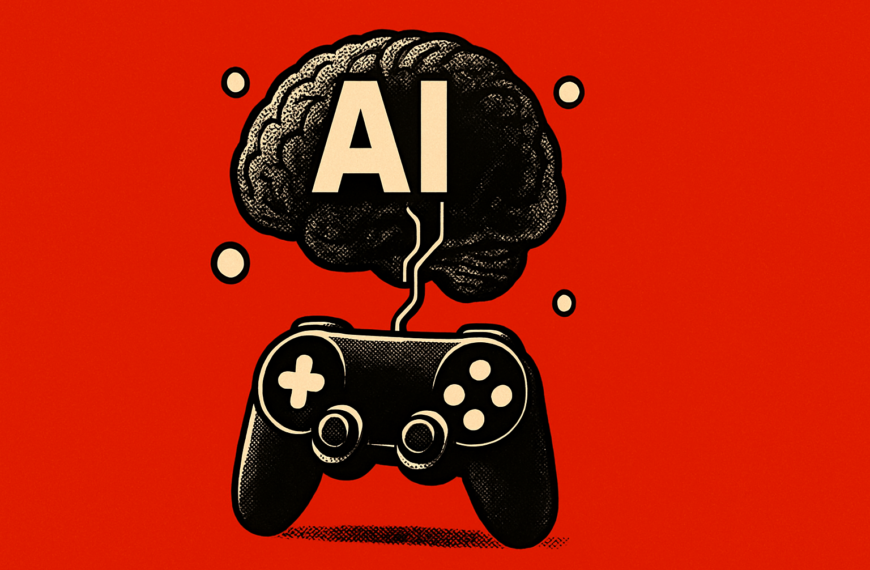
 By
By